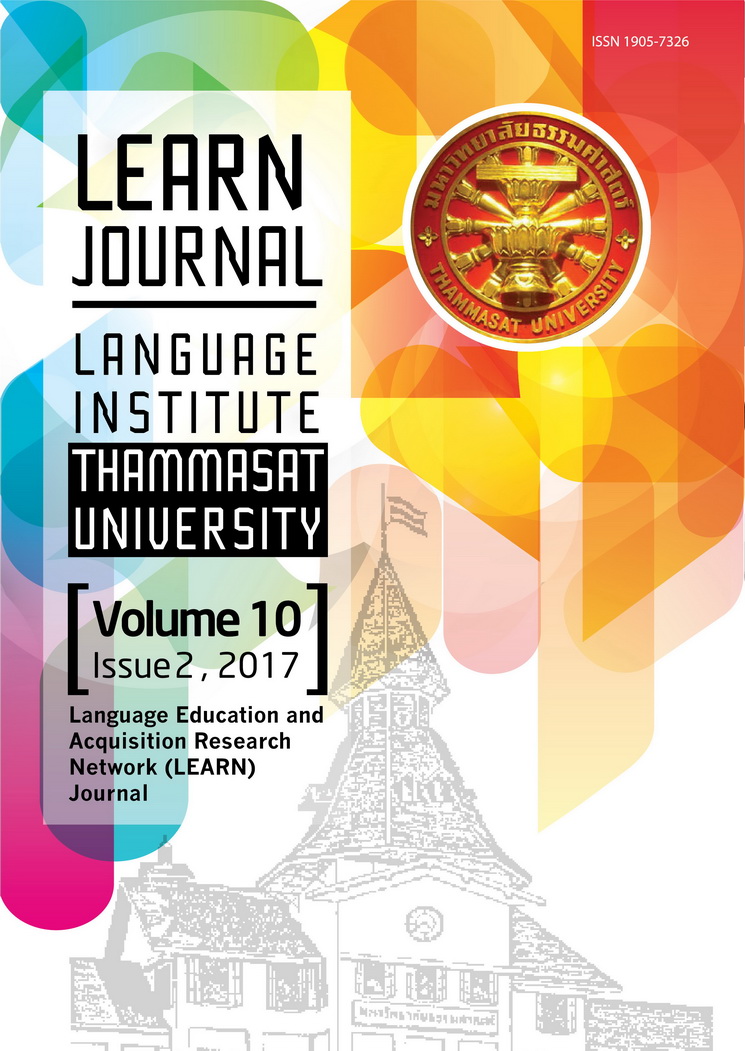Flipped Learning Approach: Engaging 21st Century Learners in English Classrooms
Main Article Content
Abstract
Advanced technology in the 21st century brings about new opportunities and challenges in societies throughout the world. Consequently, learners in this century need to be well-equipped with the content knowledge and all necessary skills for their lifestyles and future careers. Many pedagogical approaches have been introduced in English classrooms in terms of responding to the educational reform policies, especially in L2 settings such as Thailand in particular. Regarding the need for new pedagogical approaches in English classrooms to enhance students’ essential skills in the 21st century, the flipped learning approach, an alternative instructional approach where the direct instruction in class time and homework are reversed, has recently received great attention from many language teachers, educators, and researchers. This article aims at providing a theoretical background and how the flipped learning approach can be employed in English classrooms to enhance learners’ engagement and other skills needed in this century. In addition, it attempts to highlight some challenging issues if this approach is adopted for a wider use in English teaching in Thailand.


